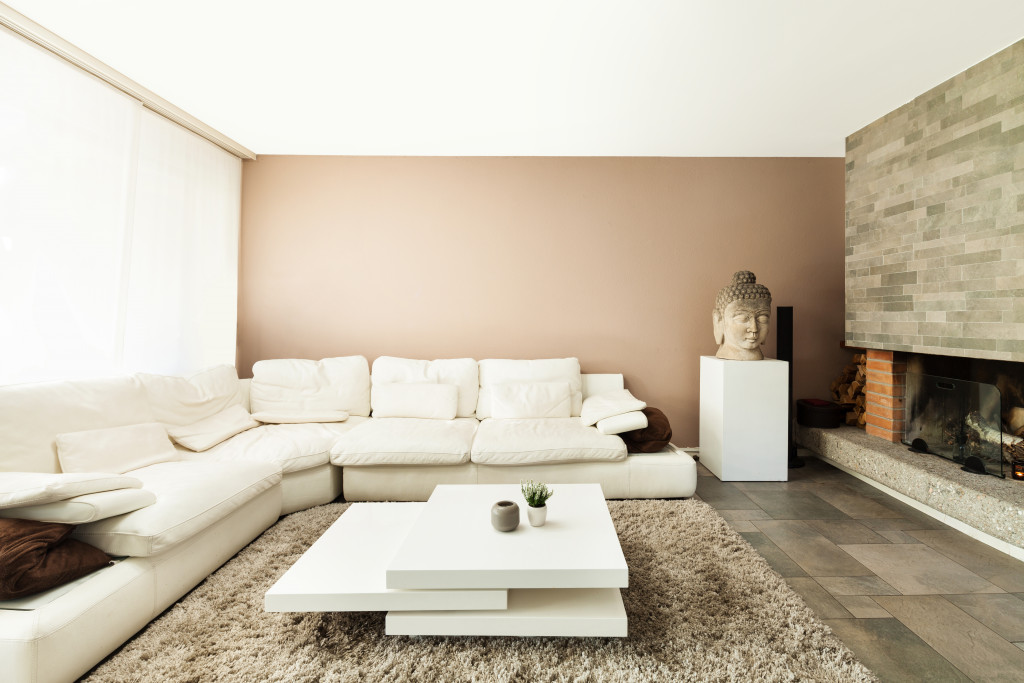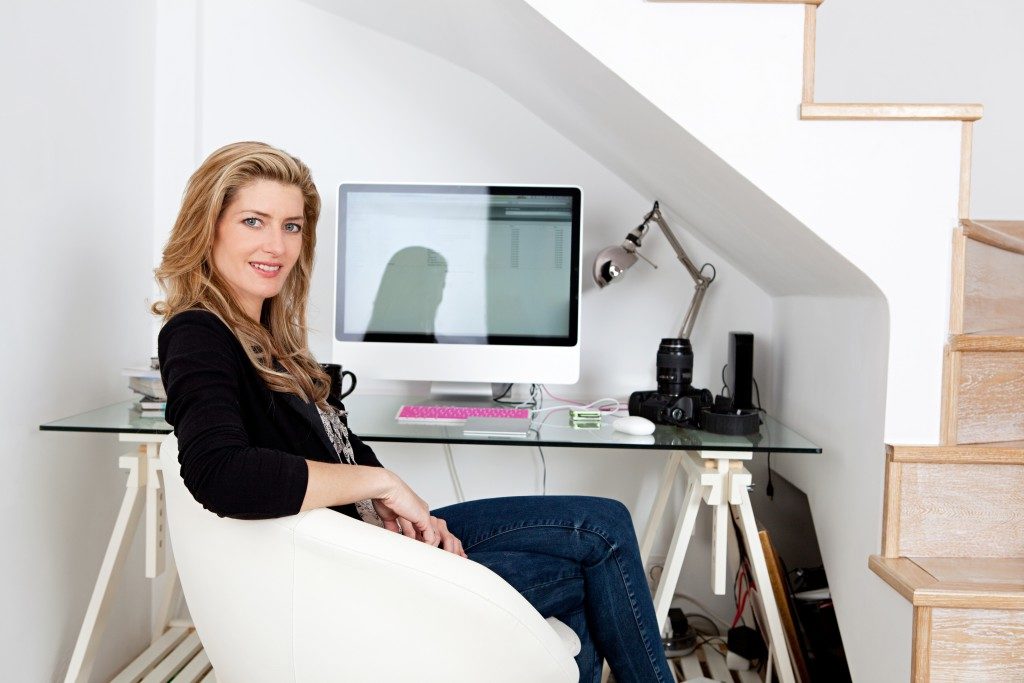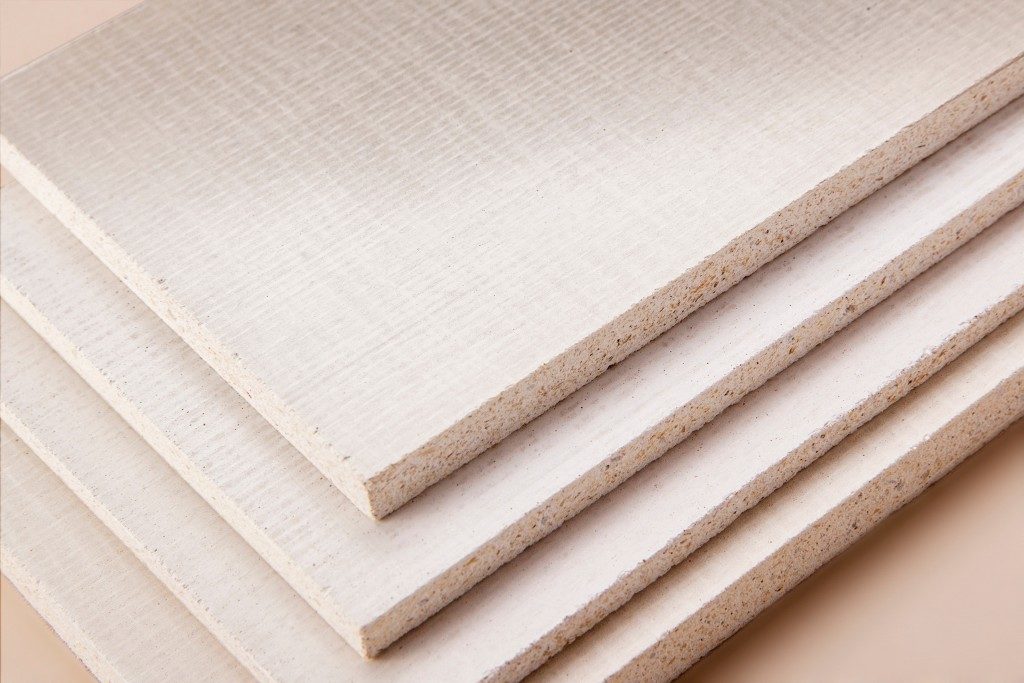- Decorating one’s home is a personal journey of creating a cohesive interior that reflects your unique style, investing in quality furniture, accessorizing with purpose, maintaining consistency, and incorporating textures.
- A color palette should align with your desired emotional tone, and high-quality furniture should complement this palette and meet your comfort and practicality needs.
- Accessories add an individual touch to your space and should be chosen purposefully.
- Consistency in color, furniture, and accessories creates a harmonious and cohesive look while incorporating different textures can add depth and visual interest.
Decorating your home is not just about choosing the right furniture or color scheme, it’s about creating a seamless aesthetic that reflects your style and personality. As you embark on this exciting journey, consider the following strategies, specifically designed to help you craft a cohesive and inviting interior that looks visually appealing and feels like a true extension of you.
Start with a Vision
Before diving into the deep end of home decoration, having a clear vision of what you want your space to look like; will guide your choices and keep your design aesthetically consistent. Here are some tips:
Choose a Color Palette

Choosing a color palette can feel overwhelming due to the multitude of options available. However, thinking about the emotional tone you want your space to convey is a great starting point. Colors can evoke different feelings and moods. Rich hues, including reds, yellows, and oranges, can cultivate a warm and welcoming ambiance.
In contrast, cool tones such as blues, greens, and purples often evoke serenity and tranquility. Neutral colors provide a versatile backdrop for a broader range of décor options. You can also draw inspiration from a favorite piece of artwork or fabric.
Once you’ve chosen a main color, consider a complementary or monochromatic scheme for balance. A color wheel can be a useful tool in this stage. Remember, your chosen color palette should resonate with your style and the mood you want to evoke in your space.
Invest in Quality Furniture

Investing in quality furniture is a significant step in decorating your home. As these pieces often serve as the foundation for your space, selecting sturdy, durable items that will withstand daily use while retaining their aesthetic appeal is essential. Choose furniture that complements your color scheme and overall design theme and aligns with your personal comfort and practicality needs.
From a plush sofa for your living room to a reliable dining table, good-quality furniture can set the tone for your interior decor. Consider the materials used, craftsmanship, and longevity of each piece. While high-quality furniture may require a larger initial investment, it can save you money in the long run by reducing the need for frequent replacements. Remember, your home expresses your personality and lifestyle, so ensure your furniture choices reflect that.
Accessorize with Purpose
Accessorizing your home is more than just a finishing touch; it’s a way to inject your personality into the space. Be it art pieces, throw pillows, rugs, or decorative mirrors, each accessory should serve a purpose and contribute to the overall aesthetic. Don’t shy away from mixing textures or styles, as it can add depth and interest.
However, avoid over-accessorizing, as it can make a room feel cluttered. Remember, each piece should have a reason for being in the space, whether it provides a pop of color, introduces an interesting shape, or simply brings joy. Choose accessories that resonate with your style and blend seamlessly with the existing decor.
A well-accessorized home is not only visually appealing, but it also tells a story about the people who live there. So, let your accessories be an extension of your personality and taste, creating a space that truly feels like home.
Maintain Consistency
Maintaining consistency in your home decor is the golden rule that combines all elements, creating a harmonious and cohesive aesthetic. From the color palette to furniture choices and accessories, every element should complement each other, not contrast. This doesn’t mean that every room should look the same, but there should be a continuous flow, a common thread that ties every part of your home together.
It could be a recurring color, a similar pattern, or a specific design style. Consistency also extends to maintaining a balance between different elements and keeping the decor proportional to the size of the room to avoid overwhelming or underwhelming the space. Ensuring consistency’ll create a visually cohesive home, luxuriously comfortable, and honest reflection of your style.
Incorporate Different Textures
Incorporating different textures into your home decor is a subtle yet effective way to add depth and visual interest to your space. Textures can be introduced through various elements – from plush rugs and throw pillows to woven baskets and decorative pieces. Consider the interplay of textures such as the smoothness of a leather sofa against a fluffy faux fur rug or the rustic charm of a wooden table accented with a glossy ceramic vase.
Textures can also enhance your chosen color palette, making the hues more visually engaging. Remember to maintain a balance; too many conflicting textures can make the space chaotic, while a lack of texture can lead to a flat and monotonous look. By thoughtfully incorporating different textures, your room can gain a layered sophistication pleasing to the eye and touch, elevating the overall design aesthetic.
Install Quarter Round
A quarter-round installation is an ideal way to give your floors a finished, polished look by bridging the gap between the floor and the wall. This thin strip, which has a 90-degree angle on the back with a perfect quarter-circle on the visible side, is commonly used to cover the expansion gap between the flooring and baseboard.
While it’s mainly a functional element, it also adds a decorative touch, enhancing the room’s overall aesthetic. When choosing a quarter-round, consider the color and material best matching your flooring and decor style.
Installation requires precision and patience; it’s typically nailed into the baseboard, not the floor, allowing the floor to expand and contract beneath it. With careful planning and execution, installing quarter-round can significantly elevate your home’s interior design, adding a professional touch to your DIY flooring project.
In conclusion, transforming your home into a space that truly reflects your unique style and personality is a rewarding journey. As you apply these strategies, remember that each choice contributes to the overall aesthetic. Now, it’s your turn to unleash your creativity and start decorating. Embrace the process and watch your interior design dreams come to life.


